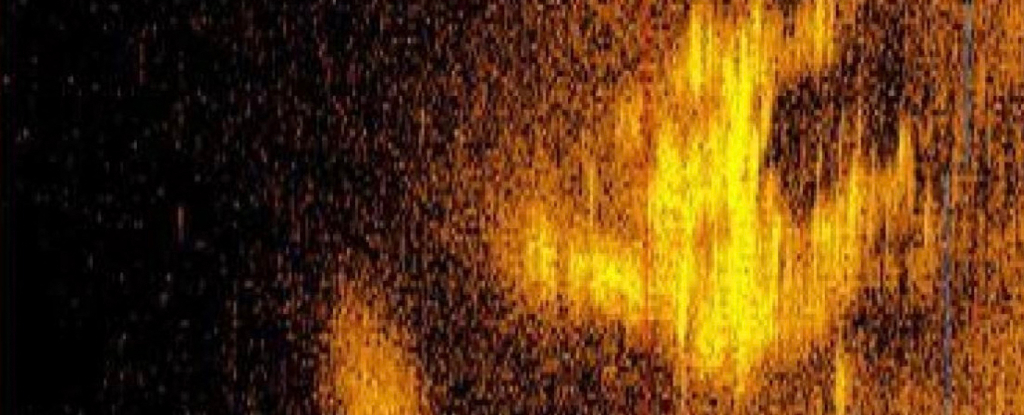ARTICLE AD
Extreme Climate Survey
Science News is collecting reader questions about how to navigate our planet's changing climate.
What do you want to know about extreme heat and how it can lead to extreme weather events?
“We know what it isn’t,” says Donald Davesne, a paleontologist at the National Museum of Natural History in Paris, “but it’s unclear what it could be.”
The creature has shared the genus name Pegasus with seamoths — flat, armored snout-nosed fish — since Italian naturalist Giovanni Serafino Volta first described it in 1796. “They have nothing in common,” Davesne says. “I don’t know what this guy was thinking.”
 The two known fossil specimens of P. volans (one shown) measure just 3.3 and 5.6 centimeters long. But both lack a tail end, which could contain crucial clues about where the animal fits on the evolutionary tree of life.Donald Davesne
The two known fossil specimens of P. volans (one shown) measure just 3.3 and 5.6 centimeters long. But both lack a tail end, which could contain crucial clues about where the animal fits on the evolutionary tree of life.Donald Davesne
Davesne and paleontologist Giorgio Carnevale of the University of Turin in Italy examined the fossilized fish, each no longer than six centimeters, using a stereomicroscope and photographs taken under ultraviolet light. Based on the specimens’ skeletal anatomy and fin size, the duo also ruled out a close kinship with oarfish, as some paleontologists had recently suggested.
Instead, Davesne and Carnevale note similarities to the larvae of modern cusk-eels and other fishes in the group Teleostei, including a long dorsal-fin ray that extended above the head (SN: 5/1/15). The fish’s tiny abdomen suggests its guts probably had to dangle in a pouch below the body, also like teleost larvae.
But the fossil fish themselves don’t appear to be larvae, the researchers say, due to their relatively large bodies and fully ossified skeletons. Still, the fossils could represent an early appearance of these larval traits, perhaps as part of the explosion of spiny-rayed fish diversity after the Cretaceous-Paleogene mass extinction roughly 66 million years ago, Davesne says.
He cautions that confirming any relationship would require more information — like the tail end of the fish, which is missing from both fossils. “One day, someone will find another specimen that is even better preserved,” Davesne says. “That would be neat!”
With its family ties unclear, the duo says, the fish needs a new genus name. Following Carnevale’s naming habit, Davesne has chosen a moniker in honor of a late musician he knew personally. It will be revealed once the paper is formally published.

 2 months ago
23
2 months ago
23 

